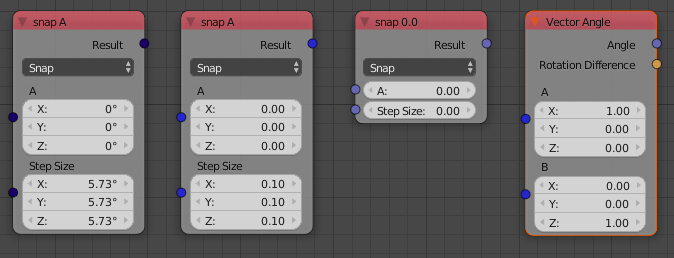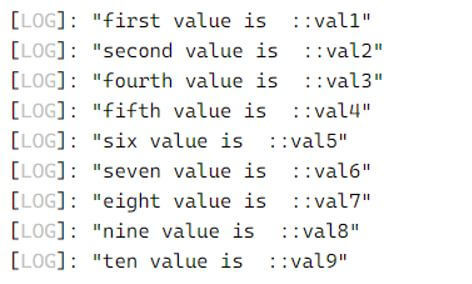
Let negativeSignIndex = val. Let positiveSignIndex = val.indexOf('+') error check to make sure sign character is at the head or tail of the string Note, before the function returns, the result is multiplied by the sign local variable to reflect the sign. obtain sign from string, and place result in "sign" local variable. Static StrToNumber(val: string, defaultVal:number = 0): number The advantage of this is that the syntax is very short.
#Typescript parse number code
The fact that code gets clearer is a nice side effect of specifying the radix parameter. Always specify a radix to avoid this unreliable behavior. The following may have an octal result, or it may have a decimal result. In some JS implementations, parseInt parses leading zeros as octal:Īlthough discouraged by ECMAScript 3 and forbidden by ECMAScript 5, many implementations interpret a numeric string beginning with a leading 0 as octal. Actually, any radix between and including 2 and 36 works. For binary, it's a 2 and 16 for hexadecimal. Example var num new Number(10) console.log( num.toString()) console.log( num.toString(2)) console.log( num. Return Value Returns a string representing the specified Number object. This is the default value for the parameter, which is why it can be omitted. Syntax number.toString ( radix ) Parameter Details radix An integer between 2 and 36 specifying the base to use for representing numeric values. When using parseInt, it makes sense to always pass the radix parameter. I'd like to mention one more thing on parseInt though.

This includes BigInt.asIntN(), BigInt.asUintN(), and methods of BigInt64Array and BigUint64Array.As shown by other answers here, there are multiple ways to do the conversion: Number('123') Note that built-in operations expecting BigInts often truncate the BigInt to a fixed width after coercion.

The best way to achieve nearly the same effect in JavaScript is through the BigInt() function: BigInt(x) uses the same algorithm to convert x, except that Numbers don't throw a TypeError, but are converted to BigInts if they are integers. The resulting primitive is then converted to a BigInt.

Strings are converted by parsing them as if they contain an integer literal.true turns into 1n false turns into 0n.The operation can be summarized as follows: Many built-in operations that expect BigInts first coerce their arguments to BigInts. Object.prototype._lookupSetter_() Deprecated.Object.prototype._lookupGetter_() Deprecated.Object.prototype._defineSetter_() Deprecated.Object.prototype._defineGetter_() Deprecated.


 0 kommentar(er)
0 kommentar(er)
